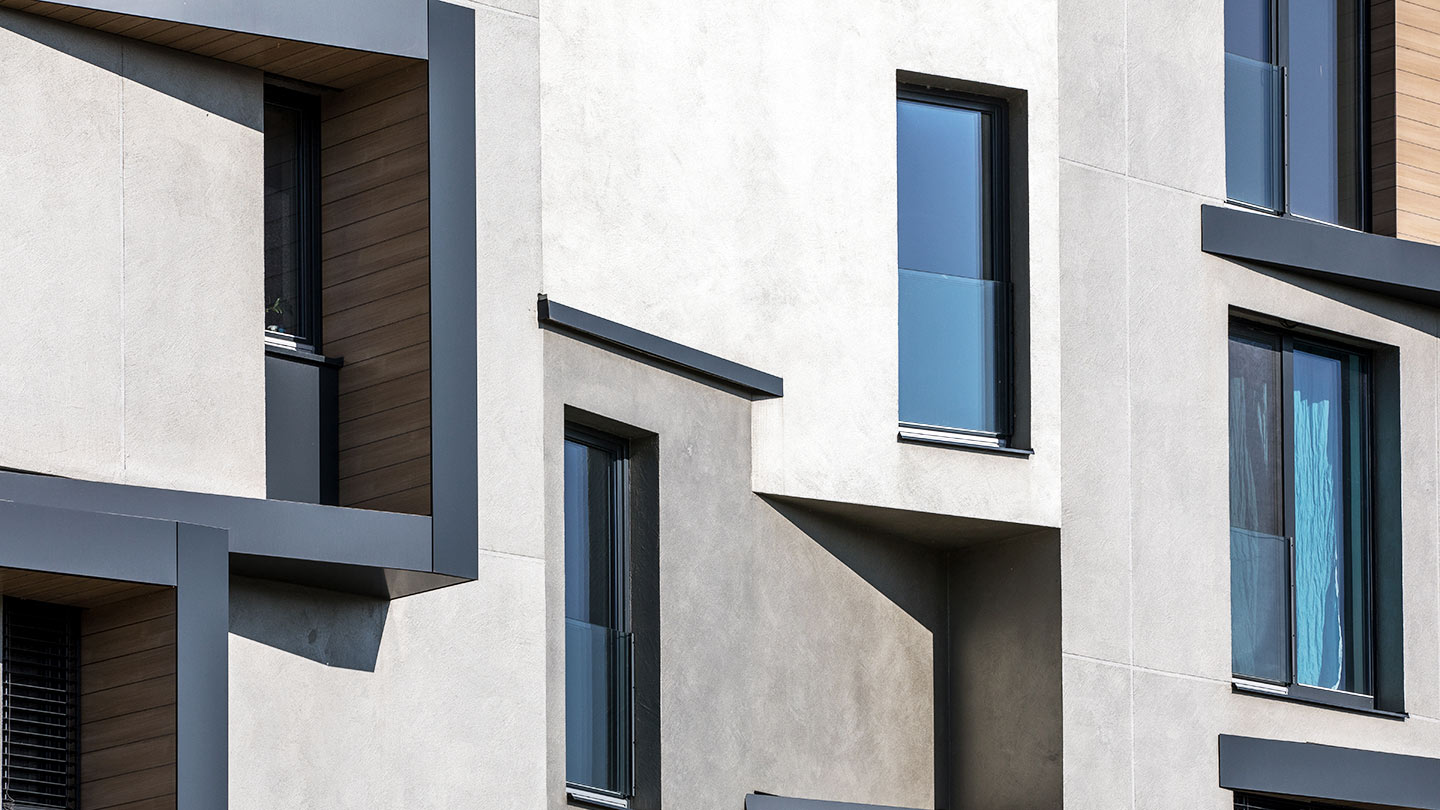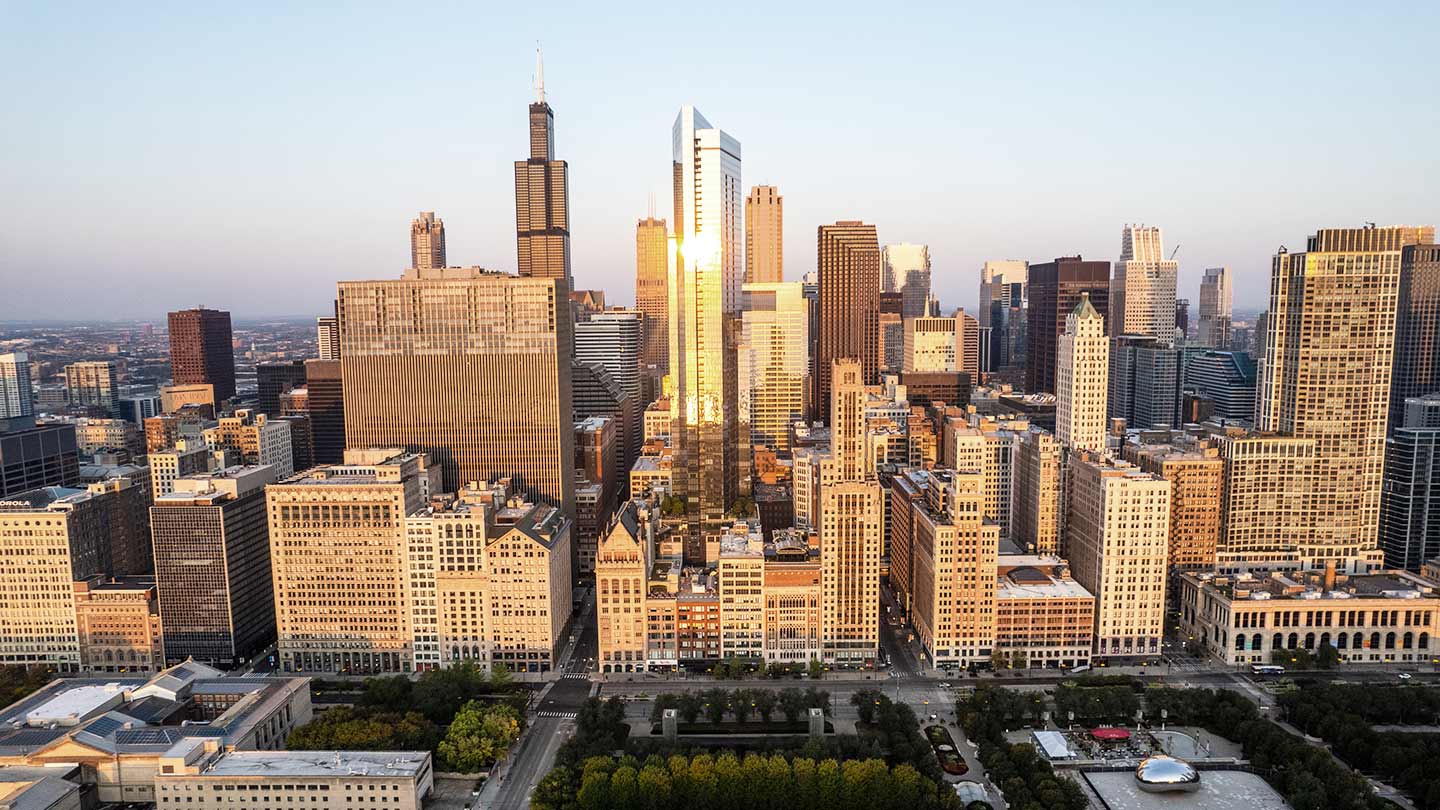
5 min read
Key takeaways
- Industrial and retail properties remain steady. Some multifamily markets, especially in the Sun Belt, face overbuilding challenges.
- Despite the Fed’s easing cycle in the last months of 2024, economic uncertainty persists, and the future of interest rates remains unclear.
- There are opportunities to increase affordable housing via innovative financing, modular construction and public-private collaboration.
Following several years of elevated inflation, muted growth and general uncertainty, commercial real estate could be positioned for an upswing.
“The industry is poised to be in a better place compared to the last few years,” said Victor Calanog, Global Head of Research and Strategy, Real Estate Private Markets at Manulife Investment Management. “It appears that the landing will be relatively soft, so that should mean continued positive momentum for economic activity, benefiting leasing and income drivers, including rents and occupancies.”
Delve deeper into commercial real estate trends and opportunities during our annual outlook webinar on January 23.
Overall, the outlook for the 2025 commercial real estate is positive. The industrial sector remains the industry’s darling. Multifamily and retail continue to perform well, although they do have vulnerabilities. In some markets, even office vacancy rates are beginning to moderate.
Trends across asset classes
- Industrial remains strong: Driven by e-commerce and logistics demands, warehouses and other industrial properties are still in demand. In Q3 2024, industrial vacancy rates remained steady at 6.8%, Moody’s CRE reported. Still, vacancy rates remain well below pre-pandemic averages.
- Some office markets may be normalizing: The office sector’s vacancy rate dropped to 20.0% following record-high levels for three straight quarters, according to Moody’s CRE. “There are some suburban office markets that are showing signs of cap rate flatness or even declines,” Calanog said. But office’s dynamics can vary significantly from one city to the next. For example, New York’s Q3 vacancy rate was 13.3%, while San Francisco’s was 22.1%, according to Moody’s CRE.
- Retail stays steady: Retail continues to perform well, largely driven by grocery-anchored neighborhood shopping centers in densely populated urban and suburban locations. High-end retail shopping centers are also performing well, as consumers often prefer to purchase luxury items in person. “Good retail in prime locations is likely to do well, despite continued growth of the e-commerce segment,” Calanog said.
- Overbuilding of multifamily: Multifamily properties remain in demand. But some markets, such as Austin, Raleigh-Durham and Nashville, have experienced overbuilding of Class A properties. As a result, many apartment property managers have made concessions. Instead of keeping the properties Class A, property managers can offer units to renters of different income levels. For example, 30% of units could be set aside for renters making less than 80% of the area median income.
Challenges ahead for the industry
Top concerns in commercial real estate include exposure to increasingly intense natural disasters and interest rate uncertainty:
- Climate change and natural disasters: Natural disasters are growing more intense—and increasingly costly. To effectively address potential future damages, commercial real estate should make major investments now. That starts with implementing deep-energy retrofits to buildings, which may qualify for green discounts and preferential pricing from Fannie Mae and Freddie Mac. The industry should also invest in large-scale efforts, akin to the Netherlands’ extensive dikes and flood infrastructure. While the upfront costs can be substantial, this type of large-scale engineering can ultimately reduce expenses. Just as important is deciding where not to invest. For example, careful analysis may determine some locations may be too susceptible to hurricanes or wildfires to warrant building properties.
- Cybersecurity and fraud attacks: In 2023, 80% of organizations reported being targets of attempted or actual payments fraud, a 15 percentage point increase from 2022, according to the 2024 AFP Payments Fraud and Control Survey Report. Commercial real estate organizations can protect themselves by maintaining up-to-date systems, investing in cybersecurity and fraud employee training and practicing good cyber hygiene, such as segregating duties, documenting procedures and using multifactor authentication.
- Uncertainty for interest rates: Although the Federal Reserve cut interest rates in 2024, there’s no guarantee the easing cycle will continue. The timing and pace of further rate decreases will depend on many factors, including the totality of future economic data. Some of the incoming administration’s policies could lead to increased inflation, complicating the Fed’s economic predictions and muddling the outlook for interest rates.
Commercial real estate opportunities
Along with positive signs across sectors, 2025 could provide opportunities for investors, developers, property managers and others in the industry, including:
- Affordable housing growth: The demand for affordable housing continues to outweigh supply. Increasing supply remains an uphill battle as elevated construction costs, interest rates and operating expenses continue to challenge the sector. To combat these issues, the industry is taking innovative approaches. For example, the firm’s Agency Lending and Workforce Housing Solutions groups offer unique financing for affordable and workforce housing. Modular construction may also be a viable method to increase affordable housing. There are hurdles to its widespread use, including a limited number of manufacturers, which can drive up transportation costs.
- Strong public-private relationships: Collaborations between government entities and private organizations have a key role to play in development, especially around affordable housing. Government bodies may own land they can lease to apartment developers at a discount. Likewise, many local governments offer tax credits, grants or low-interest loans to private affordable housing developers. Public entities can also help reduce the red tape associated with development by expediting permits and regulatory processes. Commercial real estate developers benefit from regular communication with public entities to stay abreast of zoning and regulation changes and to quickly resolve any development issues.
The bottom line: The 2025 commercial real estate outlook is largely optimistic, with robust performance in the industrial sector and steady retail growth. While climate change concerns, cybersecurity threats and interest rate uncertainty persist, opportunities in affordable housing and public-private relationships offer promise for growth and innovation.
Prepare for potential investment opportunities in 2025. Learn more about best practices for growing your commercial real estate portfolio.
JPMorgan Chase Bank, N.A. Member FDIC. Visit jpmorgan.com/cb-disclaimer for disclosures and disclaimers related to this content.







